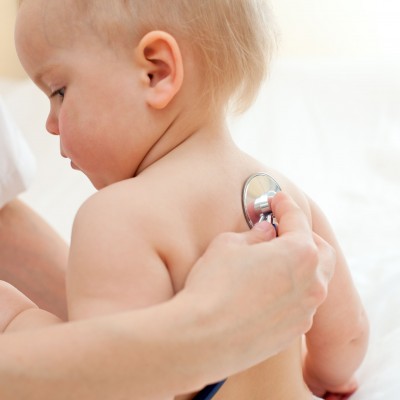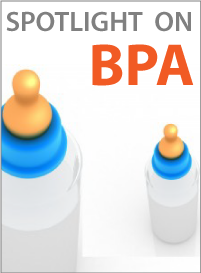Pediatricians urge tougher chemical safety law
 Thursday, September 22, 2011 at 12:53PM
Thursday, September 22, 2011 at 12:53PM
 Among the American Academy of Pediatrics recommendations:
Among the American Academy of Pediatrics recommendations:
- The consequences of chemical use on children and their families should be "a core component" of the new chemical policy.
- Chemicals should meet standards similar to those required for new drugs or pesticides.
- Decisions to ban chemicals should be based on reasonable levels of concern, rather than demonstrated harm.
- The health effects of chemicals should be monitored after they are on the market, and the U.S. Environmental Protection Agency should have the authority to remove a chemical from the market if it's deemed dangerous.
Since the Toxic Substances Control Act took effect in 1976, the EPA has tested only 200 of the 80,000 chemicals in commerce and regulated just five.
"Right now, a company manufactures a chemical and puts it out on the market and reaps the economic reward," said Dr. Jerome Paulson, lead author of the policy statement. "And then the public is responsible for trying to figure out if there is any harm associated with the use of that chemical. And then it's almost a criminal procedure, requiring proof beyond a reasonable doubt."
Democratic Sen. Frank Lautenberg of New Jersey this month introduced the Safe Chemicals Act of 2011. The law would require chemical manufacturers to demonstrate the safety of industrial chemicals used in everyday household products.
Or take action to support the Safe Chemicals Act of 2011
 Green Chemistry,
Green Chemistry,  Safe Chemicals Act,
Safe Chemicals Act,  TSCA
TSCA  Kids/Babies,
Kids/Babies,  Policy,
Policy,  Regulation |
Regulation |  9 References
9 References 




